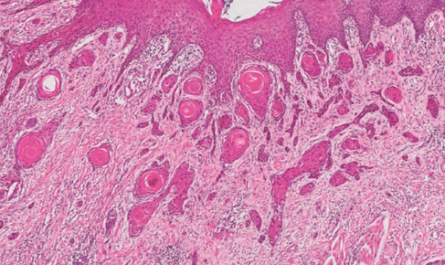Introduction to Antiviral Drugs
Antiviral drugs are medications used to treat viral infections by targeting specific viral components. While many antiviral drugs contain heterocyclic nuclei, some compounds deviate from this structural motif while exhibiting potent antiviral activity.
Understanding Heterocyclic Nuclei
Heterocyclic nuclei are cyclic organic compounds containing atoms of at least two different elements in the ring structure. Many antiviral drugs utilize heterocyclic nuclei as key structural components, contributing to their pharmacological activity.
Importance of Non-Heterocyclic Antiviral Drugs
Non-heterocyclic antiviral drugs offer an alternative approach to viral infection treatment, circumventing potential limitations associated with heterocyclic structures. These compounds may exhibit unique mechanisms of action and pharmacokinetic properties.
Pharmacological Diversity
Antiviral drugs without a heterocyclic nucleus encompass a diverse range of chemical structures and mechanisms of action. Their varied pharmacological profiles contribute to their efficacy against different types of viruses.
Direct-Acting Antiviral Drugs
Some non-heterocyclic antiviral drugs act directly on viral components, disrupting viral replication or entry into host cells. These drugs may target viral enzymes, proteins, or structural components essential for the viral life cycle.
Entry Inhibitors
Certain antiviral drugs without heterocyclic nuclei inhibit viral entry into host cells by blocking viral attachment or fusion. These compounds interfere with the initial stages of viral infection, preventing viral replication and spread.
Protease Inhibitors
Protease inhibitors are a class of antiviral drugs that block the activity of viral proteases essential for viral replication. While many protease inhibitors contain heterocyclic nuclei, some non-heterocyclic compounds exhibit protease inhibitory activity.
Polymerase Inhibitors
Polymerase inhibitors target viral polymerases, enzymes responsible for viral genome replication. These drugs interfere with viral nucleic acid synthesis, inhibiting viral replication and reducing viral load.
Non-Nucleoside Analog Reverse Transcriptase Inhibitors
Non-nucleoside analog reverse transcriptase inhibitors (NNRTIs) are antiviral drugs that block the activity of viral reverse transcriptase, an enzyme essential for retroviral replication. Some NNRTIs lack heterocyclic nuclei but exhibit potent antiviral activity.
Fusion Inhibitors
Fusion inhibitors prevent viral entry into host cells by blocking viral fusion with cellular membranes. These drugs may target viral envelope glycoproteins or host cell receptors involved in the fusion process.
Maturation Inhibitors
Maturation inhibitors interfere with viral particle assembly and maturation, preventing the release of infectious virions. These drugs may target viral structural proteins or host cell factors involved in viral assembly.
Mechanism-Based Antiviral Agents
Some non-heterocyclic antiviral drugs act via mechanism-based mechanisms, disrupting specific viral processes or host-virus interactions critical for viral replication and pathogenesis.
Natural Products
Several non-heterocyclic antiviral drugs are derived from natural sources, including plants, marine organisms, and microorganisms. These compounds may exhibit antiviral activity through unique chemical structures and mechanisms of action.
Structural Modifications
Chemical modifications to existing antiviral compounds can yield non-heterocyclic derivatives with improved potency, selectivity, and pharmacokinetic properties. Rational drug design approaches aim to optimize antiviral drug candidates for clinical use.
Combination Therapy
Combining non-heterocyclic antiviral drugs with different mechanisms of action can enhance antiviral efficacy, reduce the risk of drug resistance, and improve treatment outcomes for viral infections.
Clinical Applications
Non-heterocyclic antiviral drugs are used clinically to treat a variety of viral infections, including HIV/AIDS, hepatitis B and C, herpes simplex virus, influenza, and respiratory syncytial virus.
Safety and Tolerability
Non-heterocyclic antiviral drugs undergo rigorous preclinical and clinical evaluation to assess their safety, tolerability, and efficacy. Adverse effects and drug interactions are carefully monitored during clinical use.
Future Directions
Continued research into non-heterocyclic antiviral drugs aims to identify novel drug targets, develop new chemical entities, and optimize existing compounds for improved antiviral therapy.
Conclusion
Antiviral drugs without a heterocyclic nucleus represent a diverse and promising class of therapeutic agents for the treatment of viral infections. Their unique chemical structures and mechanisms of action offer new opportunities for combating viral diseases and improving public health.



